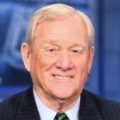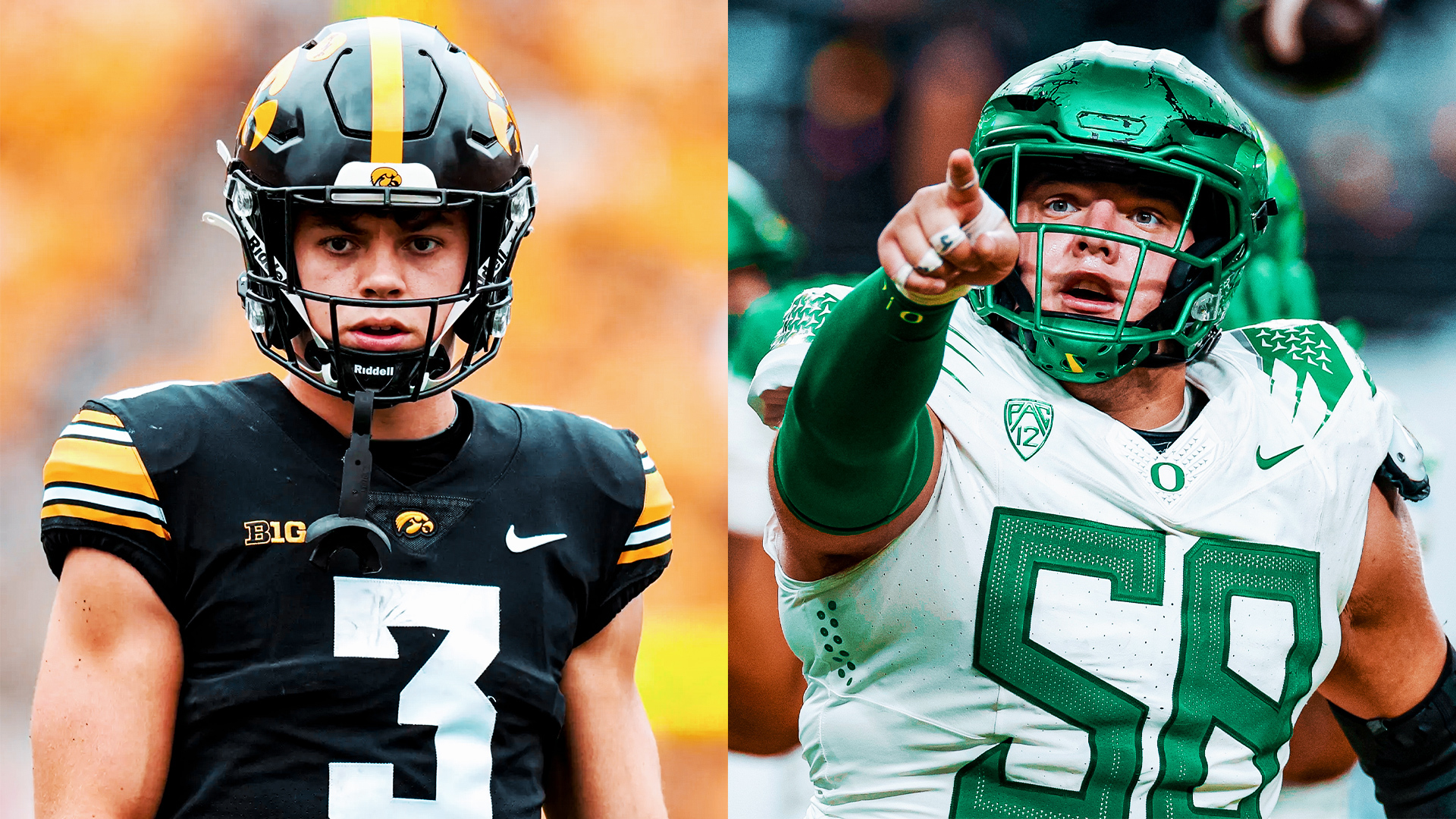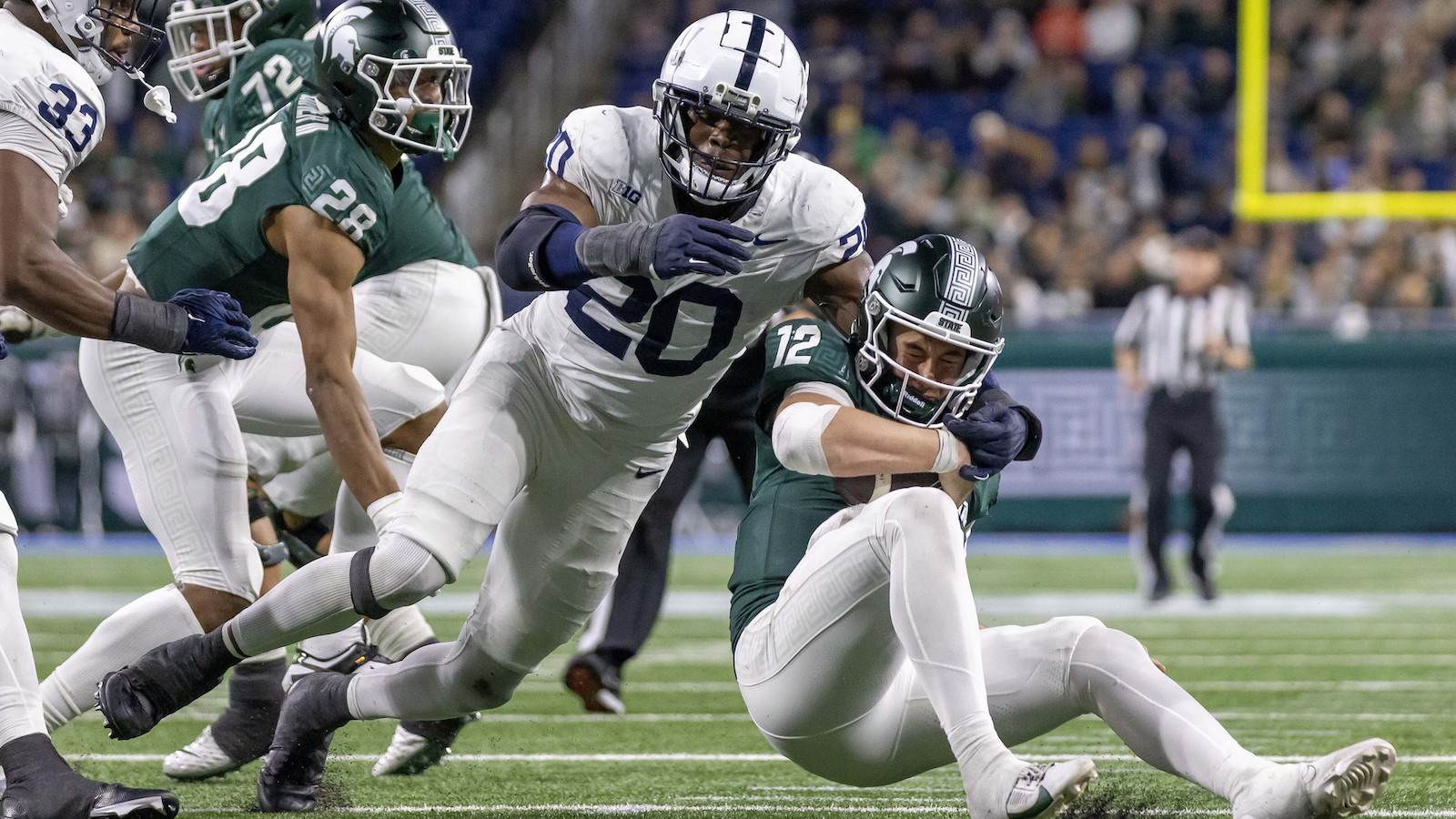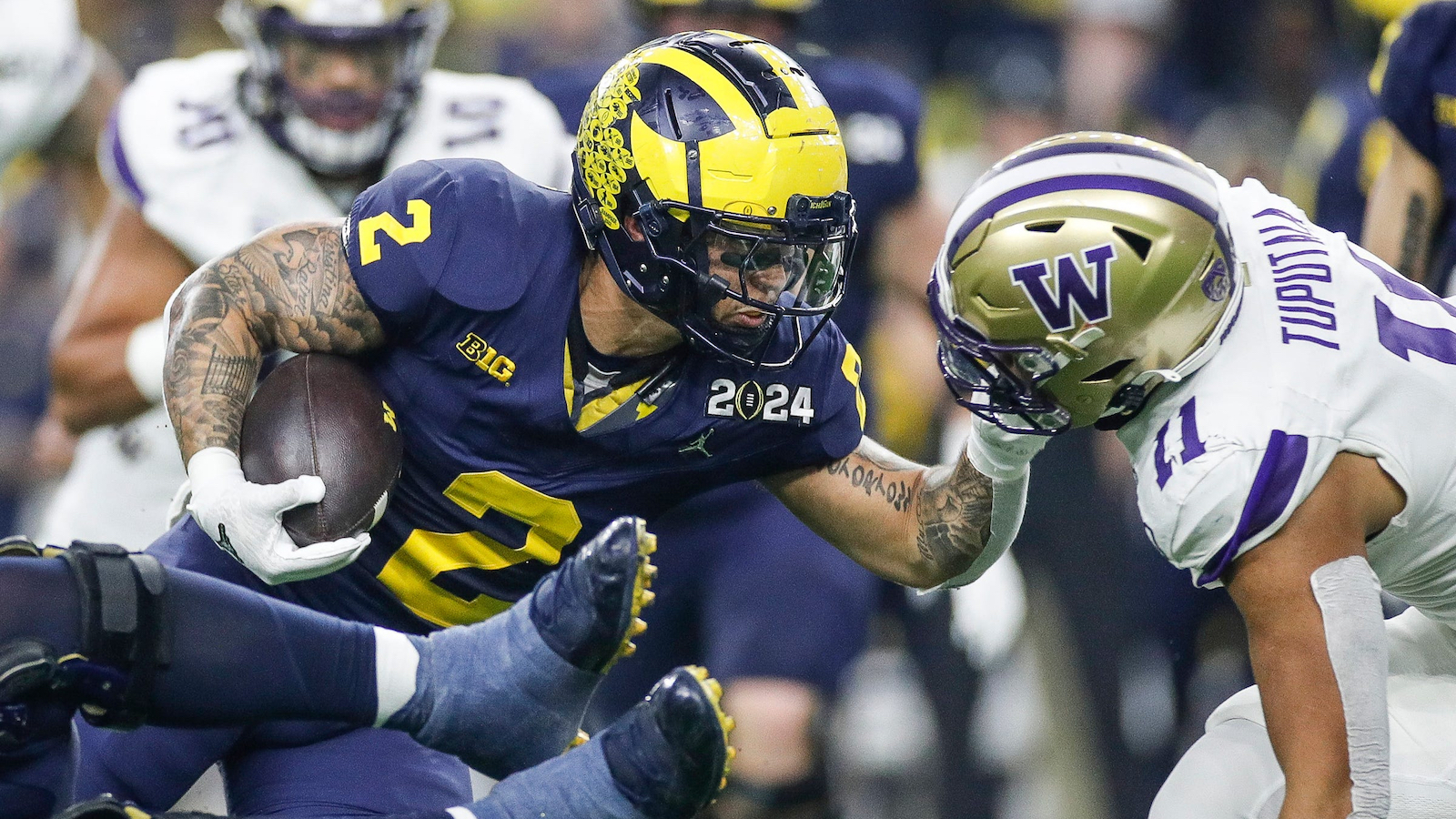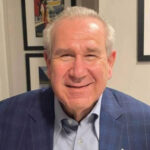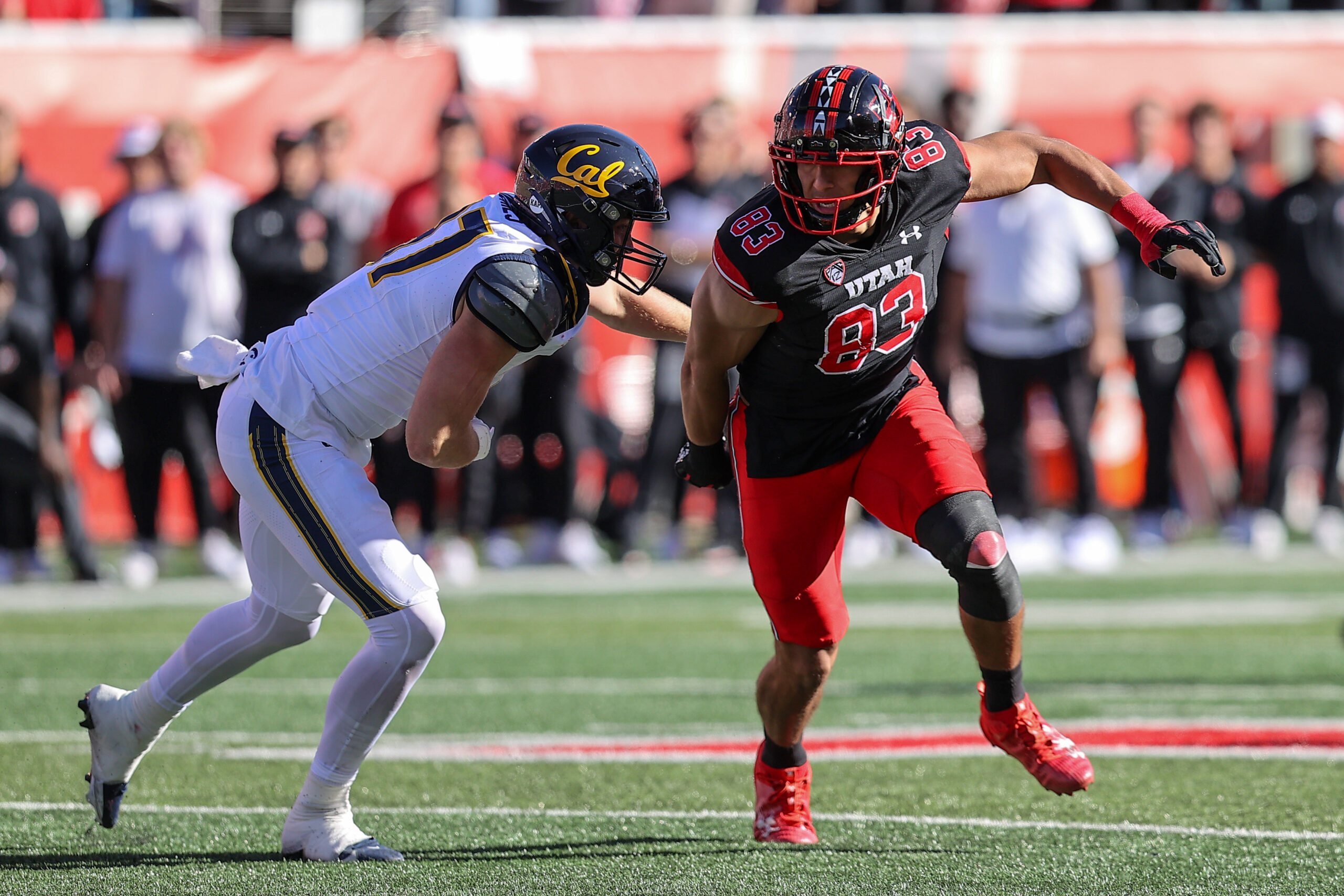Expert Analysis
7/18/23
8 min read
How Changes in Preseason Practice Approach Led to More Wins
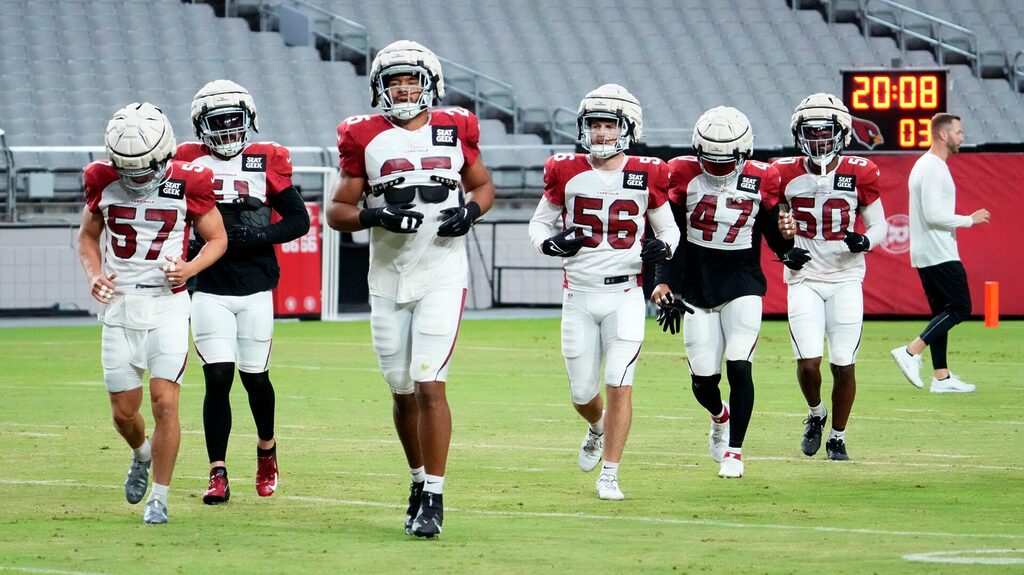
In our last column, we spoke about an approach to training camp and the preseason that was developed with Marv Levy, our Hall of Fame coach in Buffalo, and refined with Tony Dungy, our Hall of Fame coach in Indianapolis.
The purpose of the preseason should be twofold. First, to prepare the team to win right away in the regular season. Second, to find football players who could help our team from among the cadre of newcomers.
The approach was controversial among fans and traditional media who followed our teams.
The “old school” approach to training camp and preseason games was to make two-a-day practices in camp as physically demanding and punishing as possible. The theory was camp and preseason practice should be even more demanding than the games because they would toughen your team mentally and physically.
There was merit to that thinking so long as it was tempered by science and practicality.
Unfortunately, some coaches took this approach to the extreme. They downplayed the science relative to practice in full pads in the excessive heat and humidity. That resulted in many heat-related illnesses and, most tragically, the death of Minnesota Vikings offensive tackle Corey Stringer from a heat stroke.
As a result, the league stepped in and mandated practice revisions, such as water breaks and cancelation or curtailment of practices in extreme weather conditions.
Practicality came into play for us when we focused on the 16-game NFL regular season. Much of the “boot camp” mentality originated in college football, where schools played only 10 regular-season games (a small group played a bowl game).
In the NFL, teams needed to be ramped up deliberately to conserve energy and maintain conditioning for the much longer season.
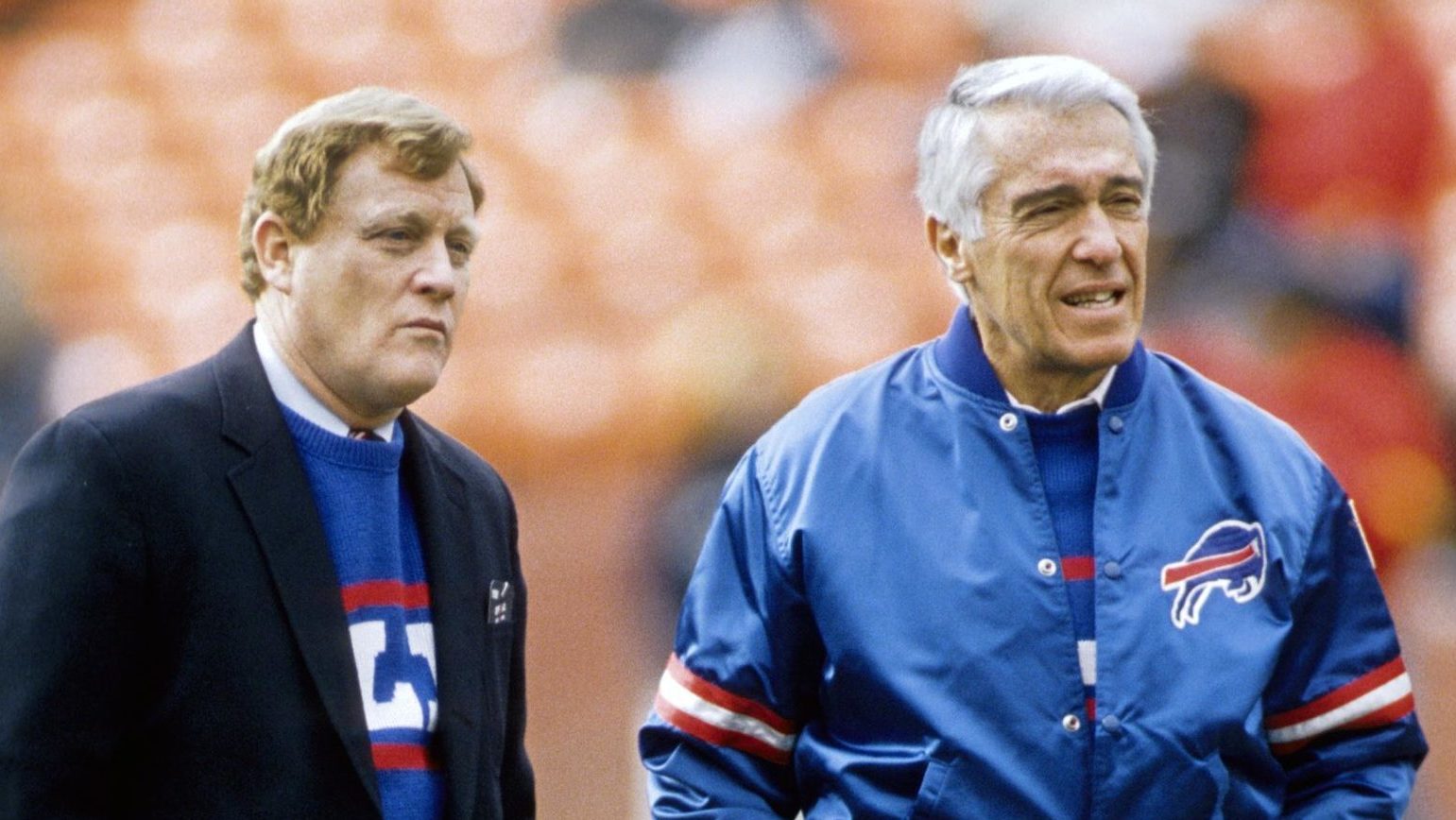
‘Club Marv’
Using common sense and new scientific thinking — developed by legendary strength and conditioning coach Rusty Jones — Levy developed a regimen that allowed our team to open the season in good health and top form while discovering young talent along the way.
I mentioned previously there was truth to the old saying that one needed training camp to toughen both mind and body. As the saying goes, “to get in football shape.”
Levy accomplished that by staging modified two-a-day practices for three weeks, six days a week before the first preseason game. Once we began preseason games, we practiced once a day and met in the classroom with true walk-throughs instead of a second practice.
Levy modified two-a-days by shortening both practices to one-and-a-half hours each and holding only one practice in pads with full contact. The second practice was held as what we now refer to as “in shells” (i.e., helmets, shoulder pads and shorts).
Everything was done at “thud” tempo, which is initial contact but no follow-through or tackling.
The players responded well. They found creative ways to fill their off-hours. The shell practice was usually in the morning, with full-padded contact practice in the afternoon. Between practices, the quarterbacks got in nine holes on a nearby golf course.
In those days, the Bills trained at Fredonia State University in a small western New York town. The local club members were happy to have Jim Kelly, Frank Reich and the other quarterbacks at the course for a fast nine. Soon, Bruce Smith, Andre Reed and other players joined the golf group.
When this version of training camp sacrilege became known to the local media, the dean of the local press corps and lead columnist for the Buffalo News had a fit.
He criticized Levy’s approach and, in a clever column, christened our camp “Club Marv,” a take on a widely known luxury resort called Club Med.
Because the columnist was well-respected around the NFL, our approach to camp became the topic of a league-wide discussion. None of this was lost on our owner, Ralph Wilson, who began questioning Levy and me on how efficient camp was.
Results Tell the Story
Levy stayed the course, and the results speak for themselves — six straight playoff berths and four consecutive Super Bowl appearances.
With Dungy, we essentially followed the same script. Our practices were longer because of the advent of sophisticated zone blitzes and situation substitution, but the approach, minus the golf, was the same.
In Buffalo and Indianapolis, when in pads, we had hard practices but rarely back-to-back. In all practices, we ran hard and were at top intensity in competitive drills, but in teaching sessions, “thud” was the approach.
We did not have a golf club near our training camp with the Colts, but a local columnist and several other media people regularly complained about how “soft” our camp was. Again, the results spoke for themselves.
Under Dungy and his successor, Jim Caldwell, we won 115 games in 10 years, made the playoffs eight times and reached the Super Bowl twice.
Our approach to preseason games in Indy and Buffalo was even more similar: There was limited focus on our opponent. We ran plays and defenses we wanted to perfect in game situations. The starters played sparingly in all but the third preseason game and did not play at all in the fourth. This led to many lopsided preseason losses and weeping and wailing from fans and media about how unprepared for the regular season we would be.
We won one preseason game in Indianapolis. Afterward, I joked it was a bad omen.
Preseason Memories
Two preseason memories stand out, one from Buffalo and the other from Indianapolis.
Early in Levy’s tenure with the Bills, we played the ferocious Chicago Bears coached by Mike Ditka and Buddy Ryan in a late preseason game in Columbia, South Carolina, that was nationally televised by ESPN.
The game was billed as Jim Kelly vs. the great Bears’ “46 Defense.” Ditka and Ryan played their first string for three-and-a-half quarters. Kelly and our starters played only two series. The result was an ugly beatdown. We were embarrassed on national TV, and our owner was understandably upset.
After the game, Wilson let Levy and me hear it and even intimated we deserved to be fired. I justifiably took the blame because I had forgotten to inform him in advance that the results were likely to be bad. I didn’t think, however, they would be that bad.
Levy and I talked to Wilson and said, “Even though we looked bad in the game, it didn’t count and will help our team be as ready as possible when the games that do count begin.” Thankfully, he accepted my explanation and left the postgame locker room with the warning that the results had “better be.” And they were.
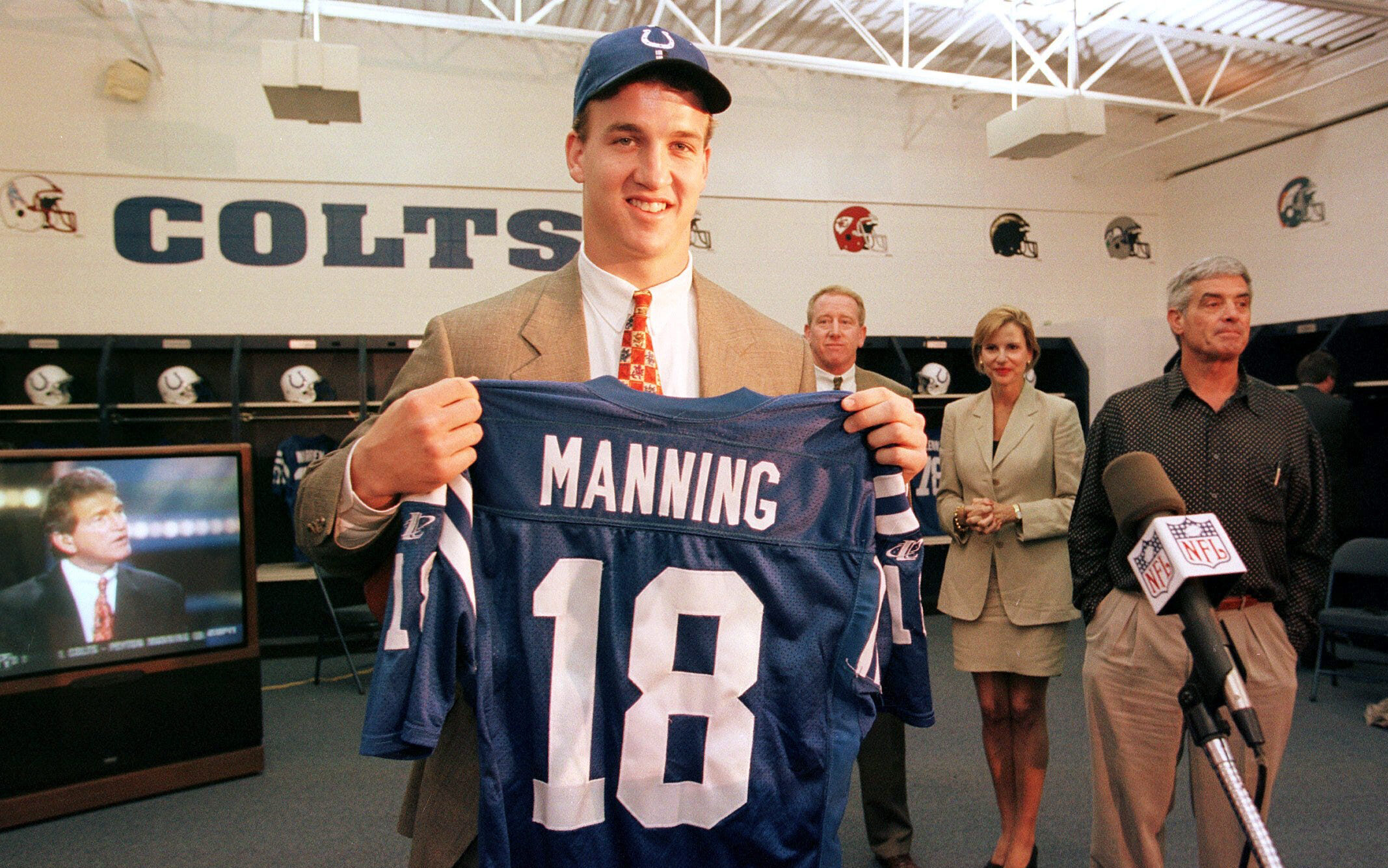
Peyton Manning vs. Ryan Leaf
Another notable preseason occurrence took place in 1998. There had been much controversy among fans and media as to who the first pick of the draft, which we owned, would be.
The contenders were quarterbacks Peyton Manning and Ryan Leaf. Many who covered that draft now have amnesia. At least among Indianapolis media and fans, the facts at the time were that Leaf was the popular choice. We felt Manning was the right man and picked him, while Leaf went second to the then–San Diego Chargers. There was plenty of criticism of our selection.
Preseason games are scheduled at least a year in advance, and, as luck would have it, we faced the Chargers in Indianapolis. You can’t make this stuff up. The hype bordered on Super Bowl proportions.
According to the media, this showdown would prove, once and for all, who was the better quarterback. As you might expect, we lost. Leaf looked terrific, and Manning might have had his worst performance as a Colt. He needed more time to work with his receivers and other offensive teammates.
As the world now knows, repetition, preparation and comprehensive knowledge of the opponent, much more than raw physical ability, made Manning a first-ballot Hall of Famer.
The next day, a local newspaper had a full-page picture of a defeated Manning with the headline, “They Picked the Wrong Guy.” We felt we had picked the right guy, and the outcome of a meaningless preseason matchup wasn’t about to change that. We said so publicly and to Manning privately.
In what became his signature approach, Manning had little to say but dedicated himself even more strenuously to a level of unique preseason work, even by NFL standards.
Ahead of Their Time
My friend and former ESPN colleague Mark Schlereth once said, “The preseason doesn’t count, but it matters.” I would add that how you prepare in the preseason matters greatly in the regular season. Levy and Dungy's unique approach was not mainstream, but the record shows it works.
During the collective bargaining negotiations in 2011, our center in Indianapolis, Jeff Saturday, was a strong voice on the players’ side for reform regarding preseason training camp and games.
The result was a league-wide regimen that required only one padded practice a day in training camp, shortened the duration of practice and required a ramp-up to full-contact work early in camp. Saturday took this model directly from our playbook, and it’s now required in the NFL.
Levy and Dungy were ahead of their time, and the rest of the league has now caught up to them.
As told to Vic Carucci.
Bill Polian is a former front office executive and a six-time Executive of the Year award winner who won Super Bowl XLI with the Indianapolis Colts. Polian’s career as an executive earned him an induction into the Pro Football Hall of Fame in 2015.
